When it comes to setting up a Montessori playroom for your child, choosing the right playhouse is a significant decision. A well-selected playhouse can offer countless learning opportunities, encourage independent play, and spark your child’s imagination. Here are some essential factors to consider when making your choice:
What Is a Toddler Playhouse?
A toddler playhouse is a small, child-sized structure designed for imaginative and creative play. These mini houses come in various shapes and sizes, some resembling tiny cottages, while others are more like forts. They are typically made of child-safe materials such as wood or plastic and often feature colorful designs. Toddler playhouses are meant to be a safe and engaging space where toddlers can explore, learn, and have fun.
10 Tips for choosing the best Toddler Playhouse for you
1. Size and Space: Start by assessing the available space in your Montessori playroom. Measure the area where you plan to place the playhouse. Ensure that the playhouse fits comfortably in the space, leaving enough room for other activities and furniture.
2. Material Quality: Opt for playhouses made from natural and non-toxic materials, such as wood. Avoid plastic playhouses, as they may contain harmful chemicals. High-quality materials not only ensure safety but also durability for long-term use.
3. Open Design: Montessori philosophy encourages open-ended play. Choose a playhouse with an open design that allows your child to use their creativity. Look for features like windows, doors, and open spaces that invite exploration.
4. Safety Features: Prioritize safety when selecting a playhouse. Ensure that it has rounded edges, secure fastenings, and non-slip features. Check for any small parts that could pose a choking hazard.
5. Age-Appropriateness: Consider your child’s age and developmental stage. Some playhouses are designed for specific age groups. Select one that aligns with your child’s abilities and interests.
6. Minimalist Design: Montessori playrooms favor simplicity. Opt for a playhouse with a minimalist design, free from distracting colors and excessive decorations. This encourages your child to focus on imaginative play.
7. Versatility: Look for a playhouse that can adapt to different play scenarios. Versatile playhouses can transform into shops, homes, or castles, allowing your child to explore various roles and activities.
8. Accessibility: Ensure that the playhouse is accessible to your child. Low doorways and openings will enable them to enter and exit the playhouse independently. This promotes a sense of autonomy.
9. Easy Maintenance: Consider how easy it is to clean and maintain the playhouse. Children may spill snacks or make a mess during play. Playhouses with washable surfaces or removable parts simplify cleanup.
10. Price and Budget: Finally, determine your budget for a playhouse. While quality should be a priority, there are options available to suit various price ranges. Invest in a playhouse that provides the best value for your money.
By carefully considering these factors, you can choose a playhouse that enriches your child’s Montessori playroom experience. Remember that the right playhouse can become a cherished part of your child’s learning environment, fostering creativity, independence, and joyful exploration.
Best 6 Montessori Playhouse Model
1. Montoddler

Montessori education is built on the fundamental philosophy of encouraging children to learn through exploration and self-discovery. Montoddler embodies this philosophy with its meticulously crafted Natural Wooden Toddler Playhouse. This extraordinary playhouse is constructed from high-quality, sustainably sourced wood, designed to unleash children’s creativity while providing a safe and engaging environment for them to thrive.
The Montoddler Toddler Playhouse stands as a testament to the brand’s commitment to authentic Montessori principles. Crafted with precision and care, it offers a sanctuary where young minds can immerse themselves in imaginative play. The use of natural wood not only adds an aesthetic charm to the playhouse but also ensures its durability, making it a reliable companion throughout a child’s formative years. Montoddler understands the importance of fostering independence and creativity in children, and this playhouse is thoughtfully designed to nurture those qualities. With its open-ended design and natural aesthetic, the Montoddler Toddler Playhouse is more than just a playtime accessory; it’s a gateway to a world of exploration and growth
3. Sprout Kids
4. Sweet Home Wood
The Importance of Toddler Playhouses in Toddler Development
Toddlers, the little explorers of the world, are at a stage where every experience is a new adventure. Their curious minds are constantly absorbing information and their bodies are developing at a rapid pace. As parents and caregivers, providing them with opportunities for growth and learning is essential. One such valuable tool in promoting toddler development is the toddler playhouse.
Physical Development:
One of the most significant benefits of a toddler playhouse is its impact on physical development. Toddlers are in a phase where they are honing their motor skills, both fine and gross. Climbing in and out of the playhouse, crawling through tunnels, and playing with the features inside all contribute to the development of their coordination and balance.
Imaginative Play:
Toddler playhouses are blank canvases for imaginative play. They can become anything a child’s mind desires: a cozy home, a bustling restaurant, a doctor’s clinic, or a secret hideout. This imaginative play is crucial for cognitive development. It helps toddlers develop problem-solving skills, creativity, and the ability to think outside the box.
Social Interaction:
While playing in a toddler playhouse, children often engage in role-play scenarios. Whether they are playing house with friends, pretending to be pirates, or hosting a tea party, these activities encourage social interaction. Toddlers learn important social skills like sharing, taking turns, and cooperating with others.
Language Development:
Playhouse play also promotes language development. As toddlers engage in imaginative conversations with their playmates or stuffed animals, they are expanding their vocabulary and communication skills. They learn to express themselves, listen actively, and use language to convey their ideas.
Emotional Growth:
Toddlers can experience a wide range of emotions, from excitement to frustration. Playhouses provide a safe space for them to explore these emotions. Through play, children can express their feelings, learn to cope with challenges, and develop emotional resilience.
Independence and Confidence:
Having a space of their own, even if it’s a tiny playhouse, empowers toddlers. They can make decisions, create their rules, and feel a sense of ownership over their play area. This autonomy contributes to the development of self-confidence and independence.
Learning Through Play:
Above all, toddler playhouses make learning fun. Toddlers don’t even realize they are developing essential skills as they play. They are too busy having adventures, solving pretend problems, and enjoying the thrill of discovery.
In conclusion, toddler playhouses play a vital role in toddler development. They stimulate physical, cognitive, social, and emotional growth while providing endless hours of entertainment. So, if you’re a parent or caregiver of a toddler, consider adding a playhouse to their playroom or backyard. It’s an investment in their development and a source of cherished childhood memories.


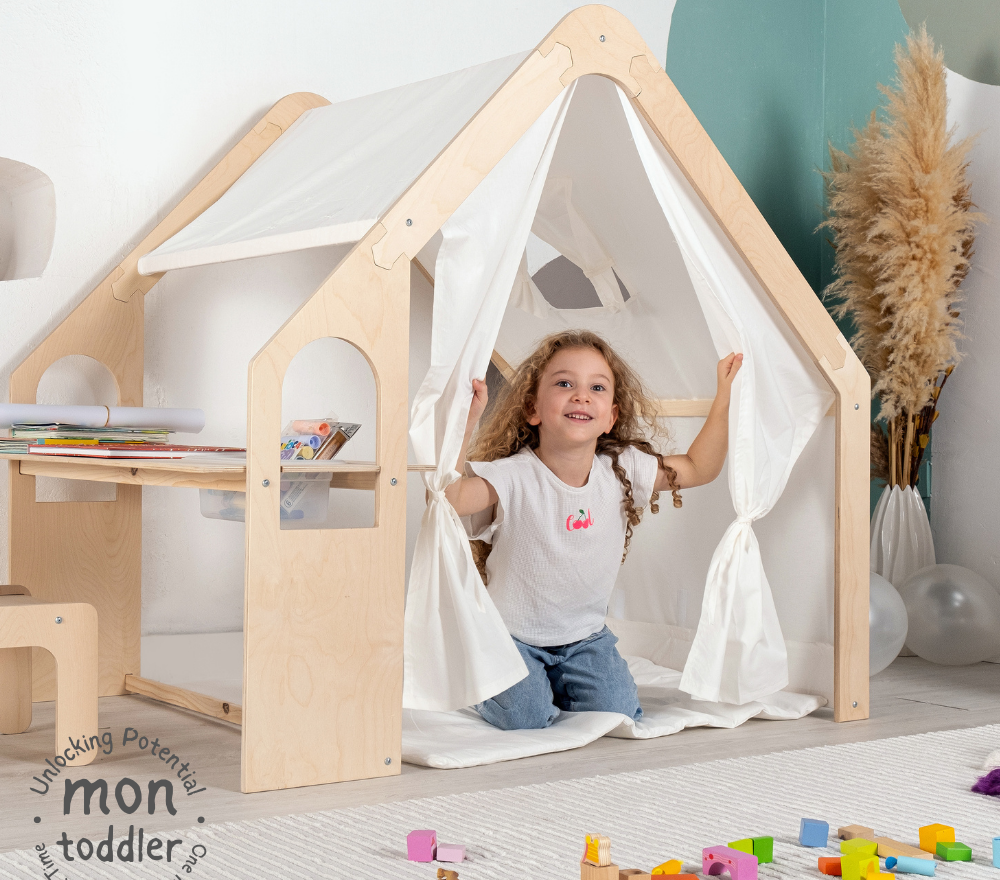
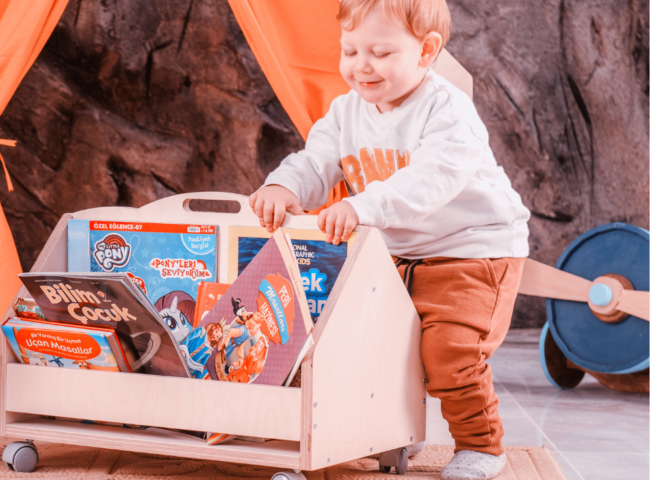
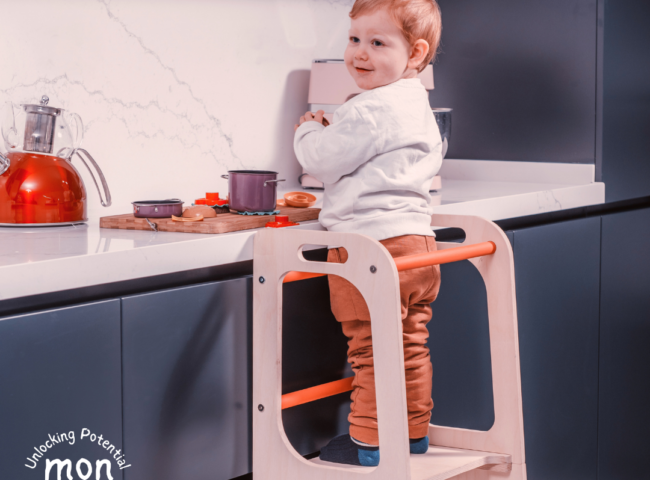
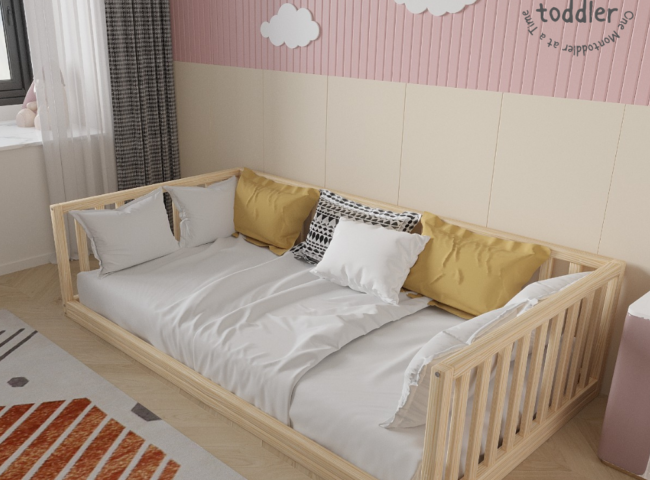
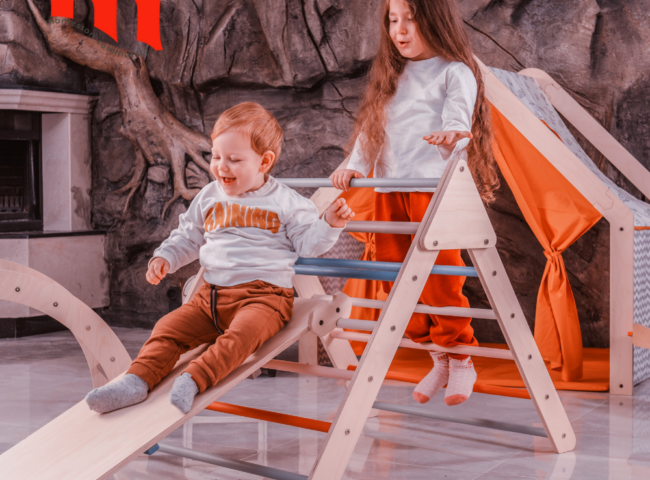
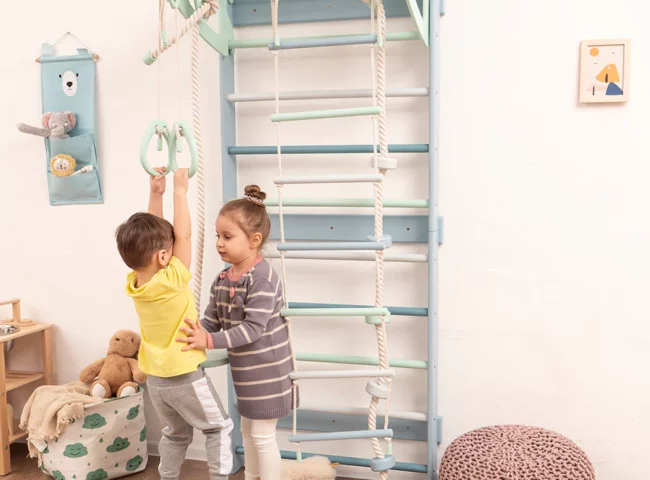
Leave feedback about this